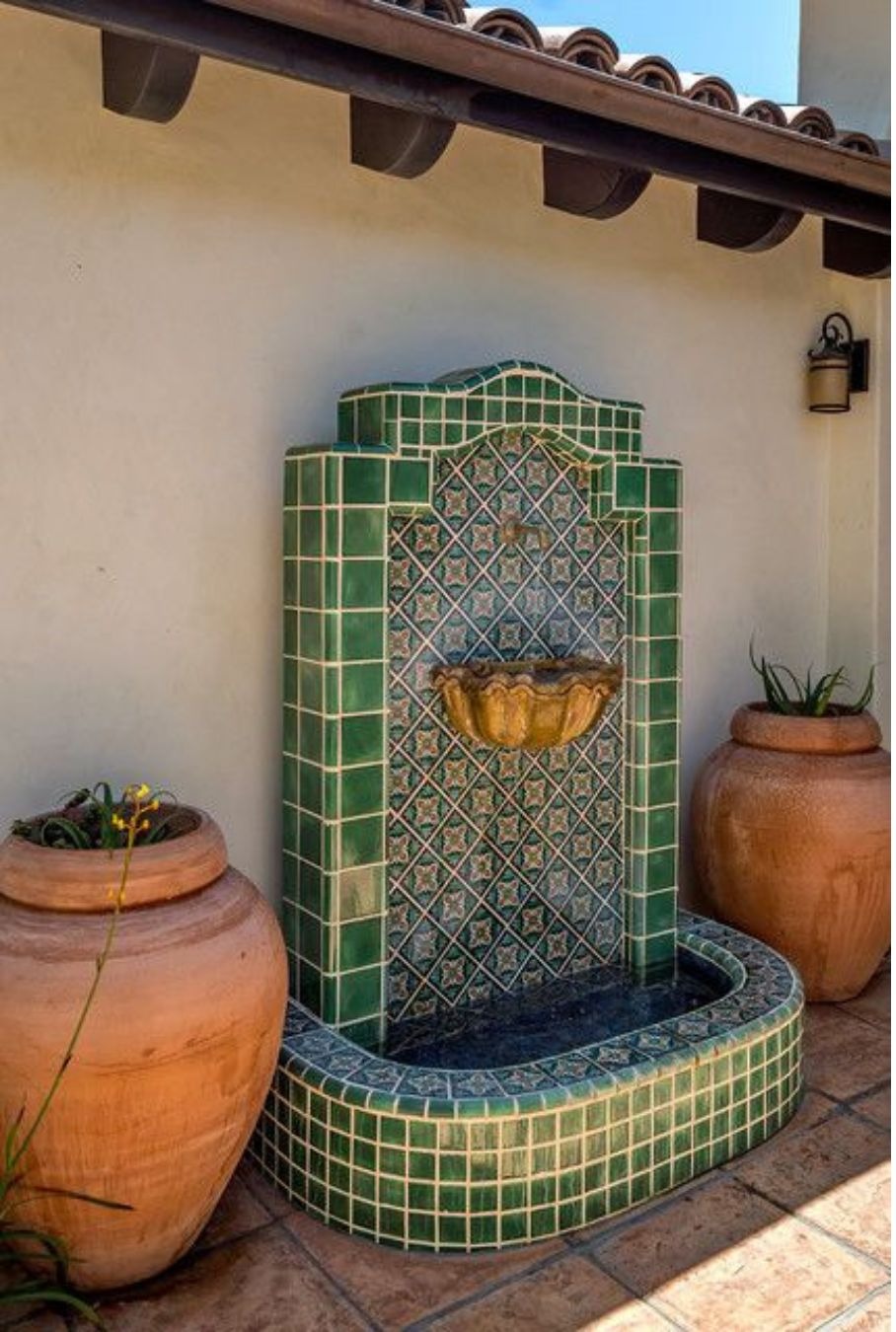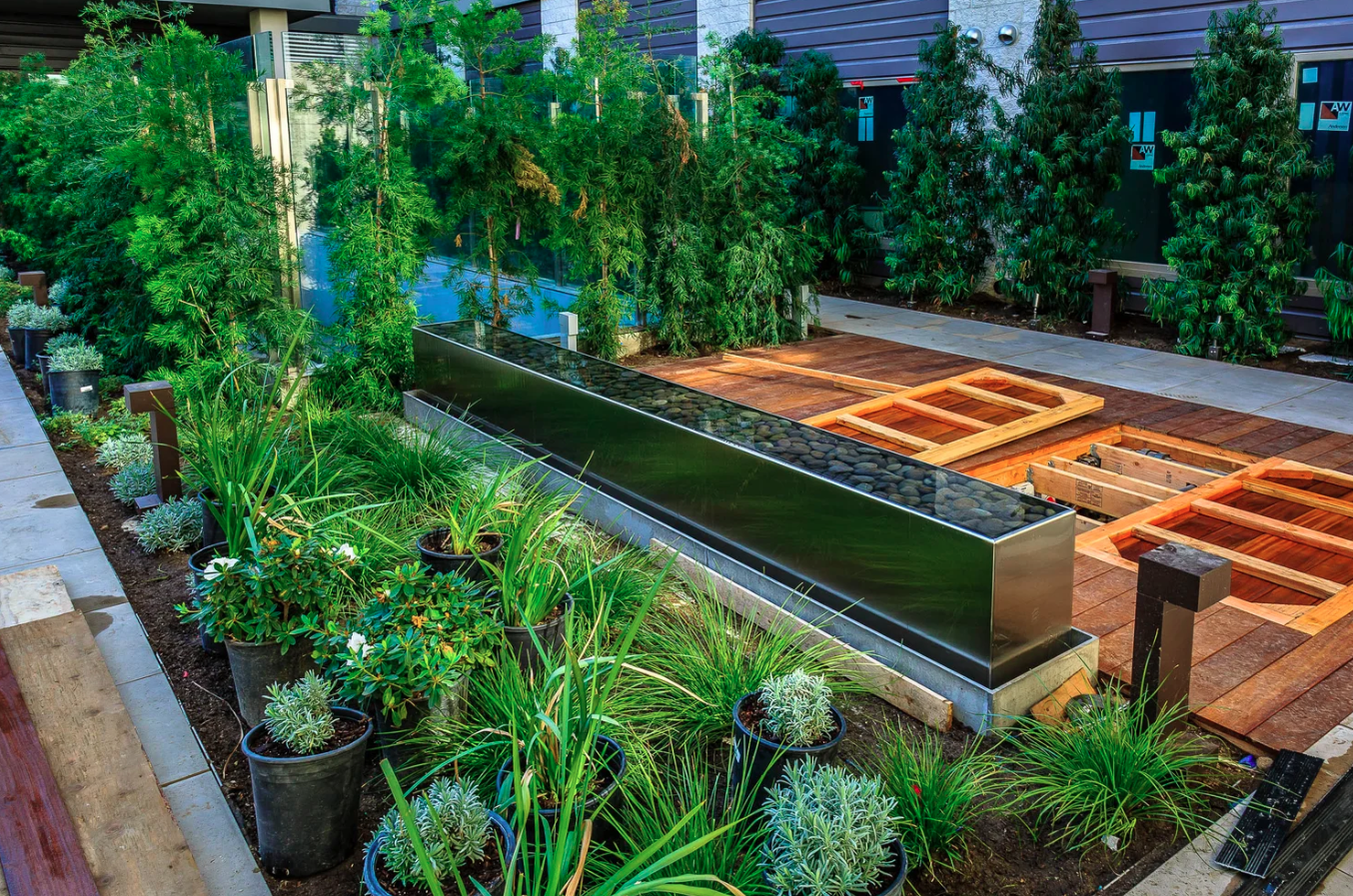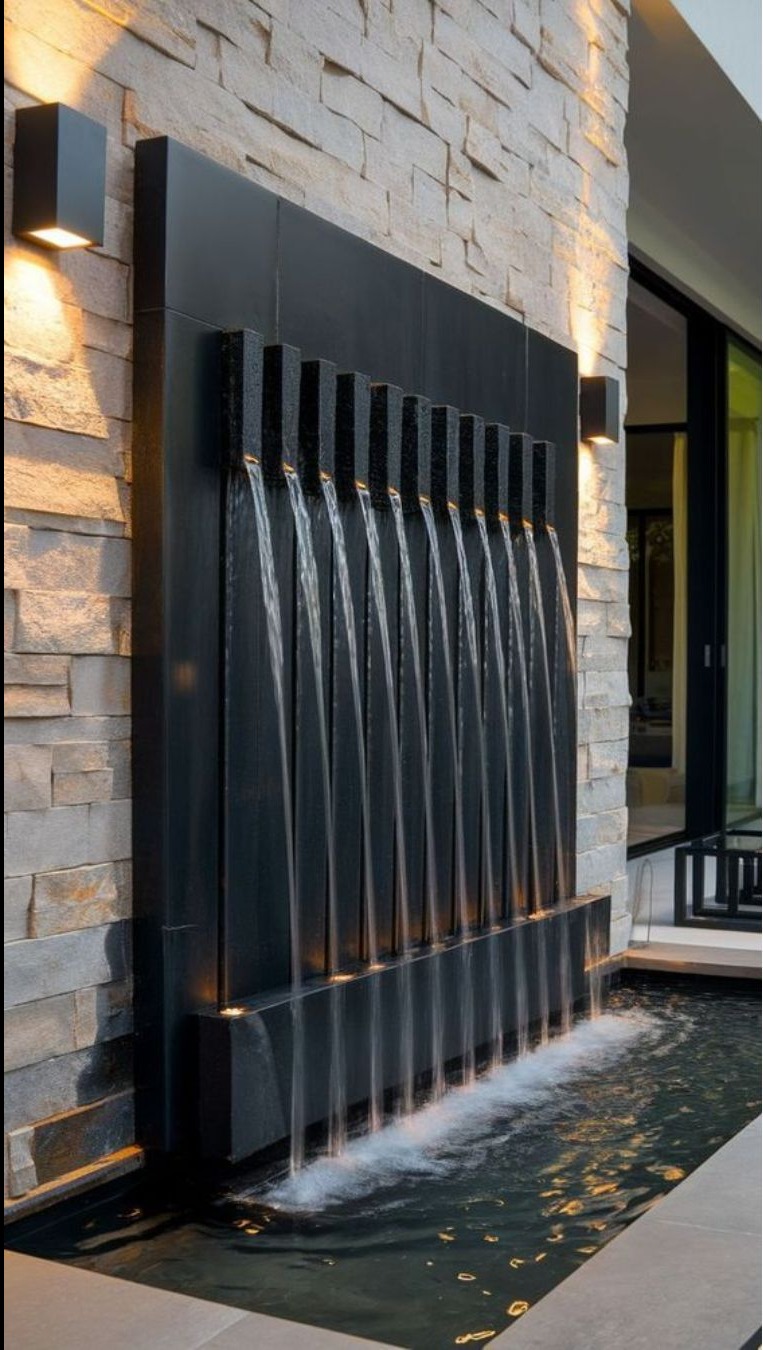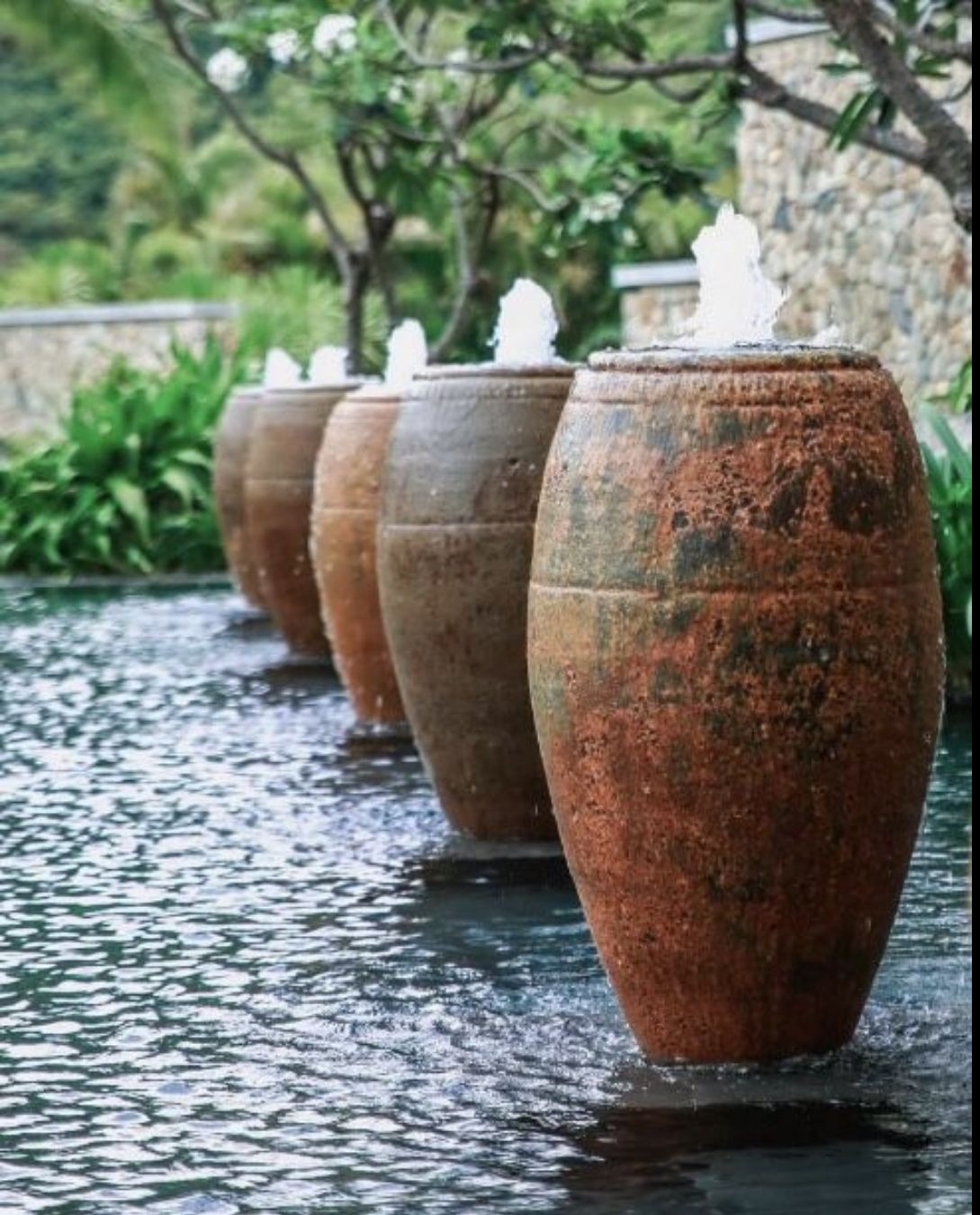
Installing fountains with greater depths outdoors under the influence of dust and sunlight can pose several challenges and risks, leading to the advice against it:
Maintenance Challenges: Deeper fountains can accumulate more debris and sediment, especially in outdoor environments where dust, leaves, and other particles are more prevalent. This increases the frequency and difficulty of maintenance tasks such as cleaning and refilling water levels.
Water Quality: Deeper fountains may experience more significant fluctuations in water quality due to increased debris accumulation and reduced water circulation. Sunlight can also promote algae growth in the water, further impacting water quality and clarity.
Energy Consumption: Deeper fountains often require larger pumps to maintain water circulation and aeration, leading to higher energy consumption and operational costs. In outdoor settings where electricity may not be readily available or where energy conservation is a concern, this can be a significant drawback.
Risk of Damage: Deeper fountains are more susceptible to damage from environmental factors such as extreme temperatures, freeze-thaw cycles, and exposure to UV radiation from sunlight. Over time, these factors can degrade the structural integrity of the fountain, leading to leaks, cracks, or other forms of damage.
Safety Concerns: Deeper fountains pose a greater safety risk, especially in outdoor settings where they may be accessible to children or pets. Accidental falls into deep water can result in serious injury or drowning, making shallower fountains a safer option, particularly for public spaces or areas frequented by families.
Overall, while deeper fountains may offer aesthetic appeal and potentially greater water volume, the challenges and risks associated with outdoor installation under the influence of dust and sunlight often outweigh the benefits. Shallower fountains with simpler maintenance requirements and lower energy consumption are typically more practical and sustainable choices for outdoor settings.
Keywords
pets
dust
time
areas
leaks
risks
advice
Damage
leaves
cracks
clarity
reduced
exposure
cleaning
benefits
sediment
children
drowning
families
sunlight
aeration
influence
refilling
frequency
practical
deep water
difficulty
electricity
other forms
safer option
UV radiation
water levels
larger pumps
algae growth
public spaces
Water Quality
serious injury
greater depths
Safety Concerns
other particles
Accidental falls
outdoor settings
Deeper fountains
aesthetic appeal
maintenance tasks
water circulation
operational costs
several challenges
sustainable choices
debris accumulation
shallower fountains
energy conservation
greater safety risk
outdoor installation
structural integrity
extreme temperatures
significant drawback
outdoor environments
greater water volume
environmental factors
Maintenance Challenges
significant fluctuations
lower energy consumption
higher energy consumption
simpler maintenance requirements




